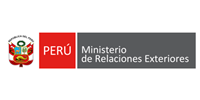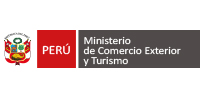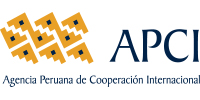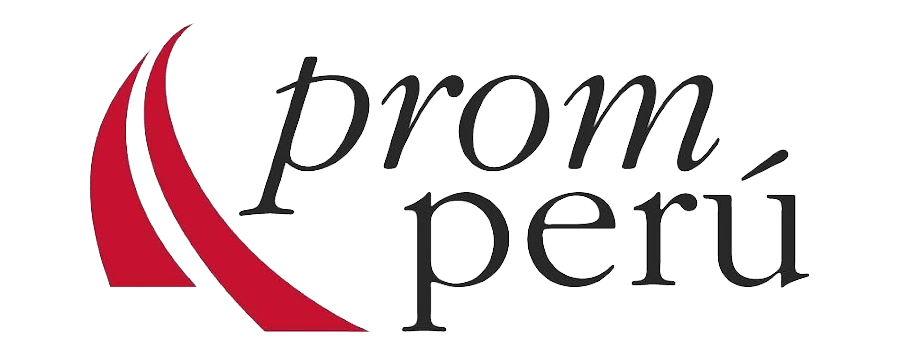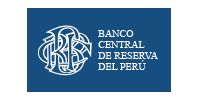PERU
Basic information
![]()
OFFICIAL NAME: Republic of Peru
CAPITAL: Lima
AREA: 1,285,215.6 km2
POPULATION: 33,035,304 (e) INEI, 2021
OFFICIAL LANGUAGE: Spanish and -in predominant areas – Quechua, Aymara and other aboriginal languages
DATE OF INDEPENDENCE: July 28, 1821
Political system
Peru is a democratic, social, independent, and sovereign republic, governed by the 1993 Constitution and organized around three branches: Executive, headed by the President of the Republic, who is head of state and elected every five years; Legislative, with a single chamber of 130 seats; and Judicial, headed by a Supreme Court of Justice.
Economy
The economy of Peru has grown an average of 3.5% per year in the decade 2011-2021. As of 2021, the economy registered a substantial recovery explained by the components of domestic demand, mostly private investment.
Peru’s rapid expansion and investment contributed to the reduction of monetary poverty from 59% to 20% between 2004 and 2019; extreme poverty decreased from 11% to 3% between 2007 and 2019. According to the UNDP, Peru is one of the countries with the greatest reduction in the Multidimensional Poverty Index from 20% to 12.7% between 2006 and 2019.
Recovery expectations are positive, and efforts are directed at dealing with the effects of the pandemic. Peru has a wide range of important mineral resources found in the mountainous and coastal areas, as well as excellent fishing resources. Likewise, Peru presents a growing dynamism in fruit exports thanks to a diversified basket of products with fresh grapes, blueberries, avocado, mango, among others as the top performers.
Peru has a total of 15 Free Trade Agreements and Economic Complementation Agreements. It also has 25 current bilateral investment treaties and has ratified bilateral instruments with more than 7 countries to avoid double taxation. Peru’s main trading partners include China, the United States, Canada, and Japan.



